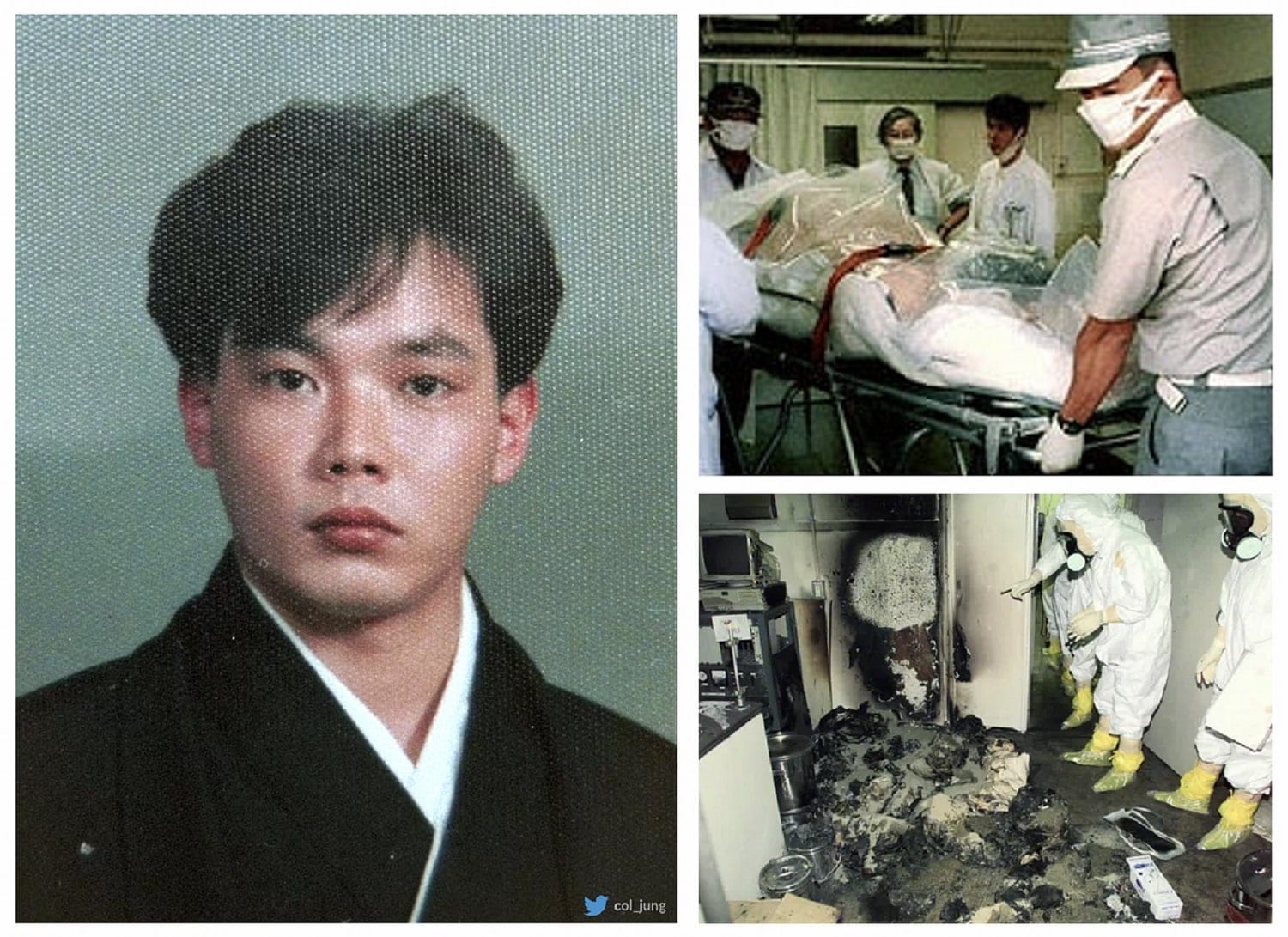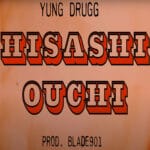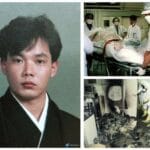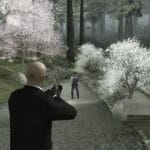In the annals of human suffering, the story of Hisashi Ouchi stands as a stark reminder of the devastating power of radiation and the complex ethical dilemmas it can pose. His experience, following a horrific accident at a Japanese nuclear facility, has left an enduring legacy, prompting global discussions about nuclear safety and the very nature of medical intervention. But it’s the photographs taken during his 83-day ordeal that continue to spark controversy, raising profound questions about the public’s right to know versus an individual’s right to dignity, even in death.
A Tragedy Unfolds: The Tokaimura Nuclear Accident
Hisashi Ouchi, a 35-year-old technician, became forever entwined with the Tokaimura nuclear disaster on September 30, 1999. While processing uranium solutions, a criticality incident occurred—an uncontrolled nuclear chain reaction that released a lethal dose of radiation. Ouchi, along with two of his coworkers, Masato Shinohara and Yutaka Yokokawa, bore the brunt of the exposure.
If you haven’t already seen hisashi ouchi pictures, then you’re in for a treat. And if you’re looking for hisashi ouchi real photos, then you’ve come to the right place.
September 30, 1999: A Day That Changed Everything
The accident, the result of improper handling of uranium, exposed critical flaws in Japan’s nuclear safety protocols. For Ouchi, the immediate effects were catastrophic. He received an estimated 17 sieverts of radiation — a dose several hundred times higher than what’s considered fatal. His body was ravaged on a cellular level, with burns covering much of his skin and his internal organs rapidly failing.
The Unfolding Tragedy of Hisashi Ouchi
Ouchi’s case quickly became an unprecedented medical challenge. While most experts believed his injuries were unsurvivable, a complex interplay of societal pressures, the desire to make medical advancements, and perhaps a glimmer of hope led to the decision to keep him alive. What followed was 83 agonizing days of intensive medical intervention. Ouchi endured multiple surgeries, countless blood transfusions, and skin grafts in an attempt to repair the damage.
The Aftermath: A Global Reckoning
The Tokaimura disaster sent shockwaves throughout Japan and the world. Public outcry against nuclear energy intensified, demanding stricter regulations and greater transparency from the nuclear industry. The incident served as a stark reminder of the potential dangers of nuclear power and prompted a global conversation about the safety and ethics of this controversial energy source.
The Hisashi Ouchi Photos: A Window into Suffering
The photographs taken of Hisashi Ouchi during his prolonged hospitalization are difficult to view. They document, in stark detail, the horrific effects of acute radiation poisoning:
- Severe burns: Ouchi’s skin, ravaged by radiation, peeled away in sheets, leaving large portions of his body raw and exposed.
- Organ failure: His internal organs, including his liver, kidneys, and lungs, began to shut down.
- Genetic damage: The radiation caused severe damage to his chromosomes, impairing his body’s ability to repair itself.
The photos are a chilling testament to the power of radiation and the immense suffering Ouchi endured. Some argue that their release was crucial to raising awareness about the true cost of nuclear accidents, while others believe they exploit his suffering and violate his dignity.
Ethical Considerations: Balancing Knowledge and Dignity
The decision to release or suppress the Hisashi Ouchi photos ignited a global debate, raising profound ethical questions that continue to resonate today:
Patient Autonomy: The Right to Choose
Reports suggest that Ouchi, at times, expressed a desire to end the agonizing treatments that were prolonging his life. This raises the question of whether or not his wishes were truly respected. Some experts believe that continuing treatment, even with the best intentions, violated his autonomy and added to his suffering.
Medical Futility: When Treatment Does More Harm Than Good
Ouchi’s condition was deemed unsurvivable early on. Yet, medical interventions continued, prompting questions about the concept of medical futility. Was it ethically justifiable to prolong his life when there was no realistic hope of recovery, especially when those interventions may have caused him further pain and suffering?
Public Display: The Right to Know vs. The Right to Privacy
The release of the photos sparked a debate about the balance between informing the public about the real dangers of nuclear accidents and respecting the dignity of a suffering individual. Was it necessary to show the graphic extent of Ouchi’s injuries to raise awareness, or did doing so cross a line and exploit his suffering for shock value?
The Legacy of Hisashi Ouchi: Lessons Learned and the Path Forward
Hisashi Ouchi’s story, though tragic, has left an enduring legacy. It has spurred significant changes in the nuclear industry, leading to stricter safety regulations, improved training for workers, and the development of new technologies to prevent similar accidents.
His case also served as a catalyst for conversations about medical ethics, prompting healthcare professionals to re-examine questions about patient autonomy, informed consent, and the limits of medical intervention.
Here are some key takeaways from Ouchi’s ordeal:
- The Imperative of Nuclear Safety: His story serves as a stark reminder of the importance of robust safety protocols, rigorous training, and continuous improvement in the nuclear industry to prevent future accidents.
- Respecting Patient Autonomy: Ouchi’s case highlights the critical need to respect a patient’s wishes, even in the most challenging of circumstances.
- The Limits of Medical Intervention: It forces us to confront the difficult reality that sometimes, the most compassionate course of action is to focus on alleviating suffering rather than prolonging life at all costs.
While the debate over the Hisashi Ouchi photos may continue, his legacy remains a powerful testament to the human cost of nuclear accidents and the ethical dilemmas they present. His story serves as a call to action, urging us to learn from the past, prioritize safety, and always strive for the most compassionate and ethical approach to medical care.
- SYBAU See You Baby Meaning: Gen Z Slang Evolves - July 1, 2025
- Unlock Your Inner Youth: Lifestyle Secrets for a Vibrant Life - July 1, 2025
- Decode SYBAU Meaning: Gen Z Slang Explained - July 1, 2025






